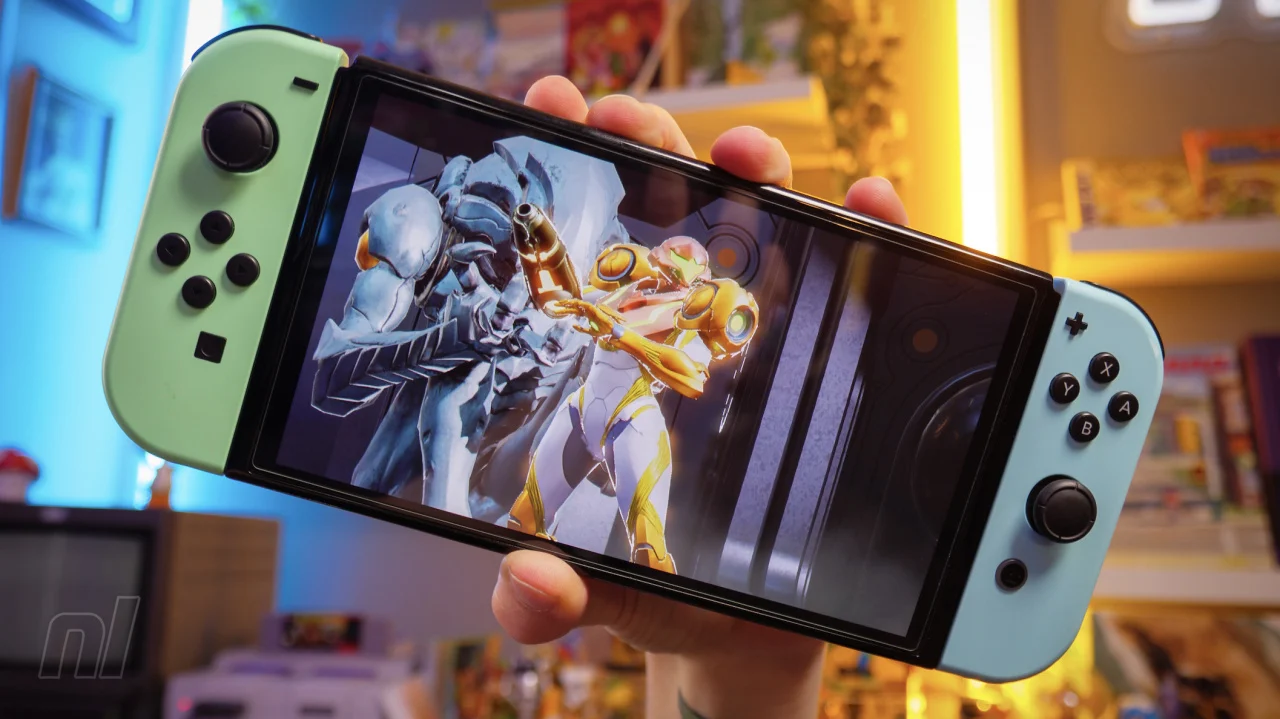Nintendo is ready to turn the page on a new chapter of handheld gaming with the launch of the Switch 2, set to hit shelves on June 5. Priced at $450, the successor to the original 2017 Nintendo Switch arrives with modest design changes and powerful internal upgrades, all while maintaining the social, on-the-go appeal that made its predecessor a global hit.
While it may not revolutionize handheld gaming, the Switch 2 refines nearly everything that worked with the original device. From its subtly textured casing to redesigned Joy-Con 2 controllers with optical mouse-like precision, the improvements are both tactile and technical. The sticks remain compact but are tuned for responsiveness, and the device is just as thin and nearly as light as the original, despite housing much more powerful internals.
Gizmodo and io9 were among the first to go hands-on with the console, spending close to eight hours testing games and new features such as Mario Kart World, GameChat, and local co-op using the camera. Notably, the new Welcome Tour game acts as an interactive manual to familiarize players with the Switch 2’s upgraded hardware and specs like 4K resolution and variable refresh rate (VRR). However, in a move that may disappoint some, this demo is sold separately for $10 rather than bundled with the console.
The Switch 2 screen now supports 1080p resolution with improved brightness and color fidelity, while docked play enables 4K output. The Joy-Con 2 controllers are slightly larger and more ergonomic for adult hands, adding to comfort in longer sessions.
Despite all this, Nintendo’s challenge lies in clearly communicating these upgrades to consumers, especially those who don’t follow tech specs. “The average gamer doesn’t care about 120Hz vs. 60Hz or VRR,” one reviewer noted. Instead, it’s the feeling of fun—and ease of access—that remains core to Nintendo’s approach.
GameShare, one of Switch 2’s most anticipated features, has yet to be fully tested. It promises to allow users to share supported games with other Switch consoles, including the original model, even if those users don’t own the title themselves. Combined with GameChat and improved local multiplayer support, Nintendo continues to position the Switch as the console for shared experiences.
As of May 2025, Nintendo had sold over 152 million units of the original Switch, making it one of the company’s best-selling platforms of all time. Its long lifecycle, approachable $300 price, and library of classic titles have set a high bar for the Switch 2 to meet—especially at a $150 premium.
Still, early hands-on experiences suggest the Switch 2 is shaping up to be a worthy successor. While not bursting with groundbreaking innovations, it doubles down on Nintendo’s core philosophy: gaming as a shared, joyful experience. Whether through intuitive multiplayer features, comfort-focused design tweaks, or clever educational tools like Welcome Tour, Nintendo seems intent on keeping its legacy as the go-to console for playing with friends alive and well.
